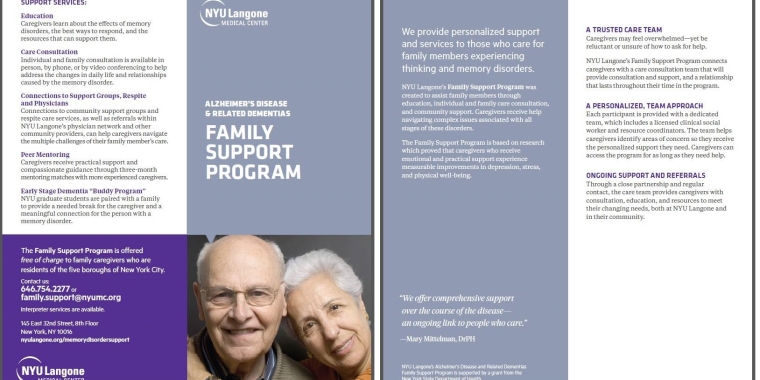
Elevating your home above future flooding
Martin J. Golden
January 30, 2013
NEW YORK – Hurricane Sandy survivors repairing their homes with an eye toward avoiding damage from future storms can take several steps to rebuild stronger and safer.
If you’re rebuilding in a high risk flood area, you may have to elevate your home to meet your community’s minimum elevation regulations for construction. This will avoid future severe weather damage.
What are the rules for elevation?
You must follow local building codes and get the proper permits when rebuilding. This will not only make your home safer but will save money on federal flood insurance.
It is necessary to check with local building officials before rebuilding in a flood zone because they are responsible for knowing the elevation requirements, even in areas where the base flood elevation has not been established. Rebuilding higher than the minimum requirement is always a wise decision.
Are there any programs available to assist with construction cost?
Eligible homeowners who have National Flood Insurance Program policies and whose homes were substantially damaged may be eligible for Increased Cost of Compliance (ICC) coverage of up to $30,000. This can pay all or part of the cost to elevate your home to the current effective Base Flood Elevation, which is the estimated level that floodwaters would reach.
You may be eligible for ICC coverage if your local floodplain building official determines either:
• Your property is substantially damaged, meaning that the cost to repair the flood damaged property is 50 percent or more of its pre-disaster market value.
• Your property sustained repetitive damage, meaning that flood damage occurred twice in the past 10 years, and the cost of repairing the flood damage, on average, equaled or exceeded 25 percent of the property market value at the time of each flood. Also, those two flood damage events must have resulted in flood insurance claim payments, and the community’s floodplain management ordinance must have a repetitive loss provision.
What are other programs that offer help with elevation costs?
The U.S. Small Business Administration offers loans to private nonprofits, businesses and homeowners for mitigation improvements including building elevation, retaining walls, seawalls, sump pumps and relocating utilities. The loan can be increased up to an additional 20 percent of the initial approved amount for these mitigation projects.
The deadline to apply for an SBA disaster loan is Feb. 27, 2013.
A simple way to complete the application is online, using the SBA's electronic loan application. Go to https://DisasterLoan.SBA.gov/ELA. SBA customer service representatives are available to issue or accept low-interest disaster loan applications and answer questions at all New York State/FEMA disaster recovery centers and SBA business recovery centers. To locate the nearest business recovery center, visit www.sba.gov or call 800-659-2955 (800-877-8339 for the deaf and hard-of-hearing).
Hazard Mitigation Grant Program (HMGP)
The State of New York administers the HMGP. While individuals are not eligible to apply directly to FEMA for HMGP funds, an eligible applicant or sub-applicant (e.g. state or local government) may apply for funding on your behalf to mitigate your home or other private structures under their jurisdiction. These applications are forwarded to the state for potential funding by FEMA. That mitigation can include elevating your home to meet flood insurance requirements. For more information, contact your local building officials about HMGP grants.
EDITORS:
For free-use FEMA elevation graphic: http://www.fema.gov/disaster/4085/updates/elevating-your-home-above-future-flooding
For more information on New York’s disaster recovery, visit www.fema.gov/SandyNY, www.twitter.com/FEMASandy, www.facebook.com/FEMASandy and www.fema.gov/blog.
Disaster recovery assistance is available without regard to race, color, religion, nationality, sex, age, disability, English proficiency or economic status. If you or someone you know has been discriminated against, call FEMA toll-free at 800-621-FEMA (3362). For TTY call 800-462-7585. FEMA’s mission is to support our citizens and first responders to ensure that as a nation we work together to build, sustain, and improve our capability to prepare for, protect against, respond to, recover from, and mitigate all hazards. FEMA’s temporary housing assistance and grants for public transportation expenses, medical and dental expenses, and funeral and burial expenses do not require individuals to apply for an SBA loan. However, applicants who receive SBA loan applications must submit them to SBA loan officers to be eligible for assistance that covers personal property, vehicle repair or replacement, and moving and storage expenses.
Share this Article or Press Release
Newsroom
Go to NewsroomSENATOR GOLDEN ANNOUNCES WAR ON DOLLAR VANS YIELDING RESULTS
September 22, 2016

SENATOR GOLDEN TO HONOR TEN NYPD OFFICERS OF THE 68TH PRECINCT
September 1, 2016

